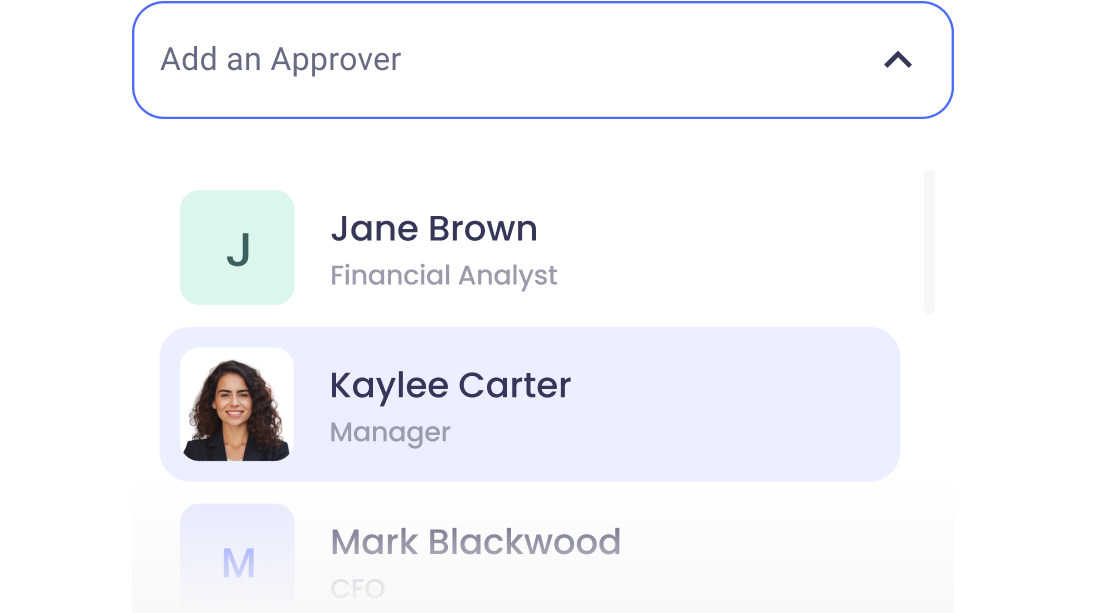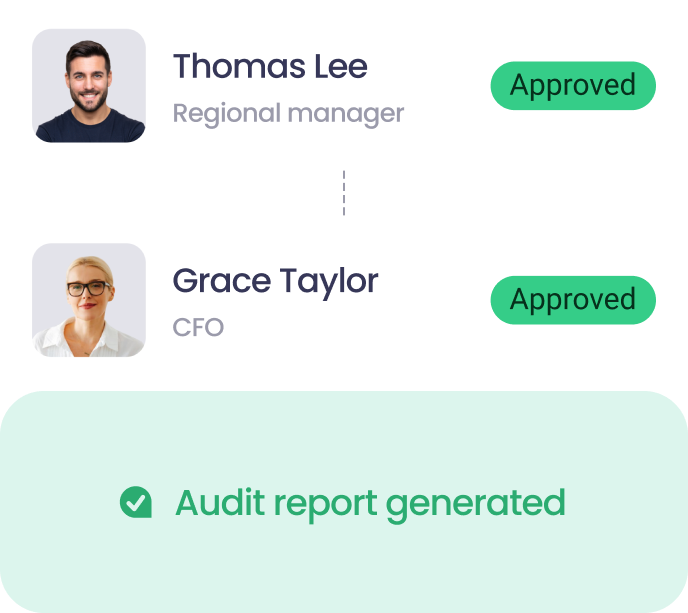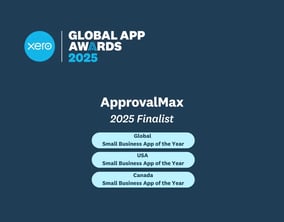
More than approvals: The journey to end-to-end AP automation
If you asked most finance teams what they want to be doing with their time, very few would say chasing invoice approvals and setting up payments. Yet accounts payable remains one of the time-consuming, manual parts of finance; finance teams spend most of their time on manual, operational tasks rather than strategic work, according to Stripe.
Accounts payable is critical to the health and success of any finance function. Run efficiently, it doesn’t just ensure the payment of bills and expenses but effectively balances the tricky juggle between maintaining cash flow while preserving vendor relationships. Without this, businesses run the risk of errors, fraud and poor control of funds.
As automation becomes more central in finance, what does this look like in AP? Recently at Xerocon, Xero announced a new evolution of its AI financial “superagent” JAX to now automate routine tasks and workflows and deliver actionable insights.
There’s one clear path for accounts payable as finance workflows are increasingly automated: end-to-end AP automation.
Over the years, technology has made light work of single AP elements, like importing bills or managing approval workflows. Since our first day in business, we’ve helped more than 17,000 customers automate their AP approvals for accounts payable. However, there’s the potential to help even more connect this automation throughout the entire process.
• 95% of firms say automation improves accuracy, efficiency and processes
• Most businesses start with approvals, then expand step by step.
• Automation is becoming standard, with AI now streamlining AP tasks.
The benefits of automating AP
The benefits are clear. Almost all firms (95%) surveyed by PYMNTS and American Express say automating processes has resulted in accurate, efficient and streamlined processes, while 84% report increased cash flow and growth. Three in five (58%) say compliance and monitoring have become easier since automating all their AP processes.
So not only does automation streamline processes, simplify compliance and save time, but it can even help boost cash flow and business growth. So how do you get there?
Where to begin with automation
For many businesses, it might simply not be realistic to automate all of accounts payable, from start to finish, in one go. Beyond the technology and tools needed (which can take anywhere from weeks to months to get set up), there’s also the training and change management involved for staff.
The solution? Start with what you can, then expand. This is what many of our customers have done using ApprovalMax; begun by automating approvals for incoming invoices, then expanded to add automated data capture, bill-to-PO matching and now even international payments.
While it’s not realistic to do everything from the start, there are three key stages in end-to-end AP automation that businesses can focus on.
To see how this comes together, let’s walk through the three stages of AP automation: order, process, and pay.
1. Order
While many think of automating data capture through OCR tools as the first part of the AP process, there’s a critical step that comes before: ordering. This uses purchase orders (POs) to properly control what is being spent and by who, layering the right approvals on top and automation to simplify and streamline the process
A big issue I hear from our customers is that without POs, they’re dealing with unauthorised spend and find it difficult to track and plan for upcoming outgoings. POs fix both. Without it’s hard to maintain control over purchasing, leading to unexpected costs and budgets in the red.
This would look like:
- Raising a PO
- Approving the PO
- Checking the PO against an existing budget
- Sending the PO to the supplier
What does this look like when automated? A purchase order will be created in the relevant system then automatically forward on for approval. As part of this approval process, stakeholders can check the PO against a budget to make sure it won’t go over – or at least have visibility if it will. Then, the PO can be sent directly to the supplier without manual intervention. With the right tool, this is all tracked for audit and compliance purposes.
2. Process
This is where most businesses focus their AP automation efforts – and rightfully so, given how time consuming it is! Manual invoice processing is prone to errors, like a rogue extra zero or duplicate payments, and even fraud; one in five (18%) of businesses surveyed by Xero had fallen victim to invoice fraud, losing AUD$15,500 (USD$10,250/£7578 on average.
In an ideal automated workflow, this would look like:
- Capturing the invoice and import it into the system
- Checking for fraud or duplication
- Matching against PO
- Reviewing and approving
Automation not only speeds this up but reduces the likelihood of typos, errors and even fraud. By saving time otherwise spent on manual data entry, finance teams can instead focus on more strategic work.
3. Pay
Paying bills is the final part of the AP process and one that’s often disconnected from the rest of the process. Maybe you have to switch systems or handle payments manually by logging into your bank and uploading a batch payment file. All of this adds extra time and risk of money being misdirected.
International payments prove even more tricky. Globally, 14 per cent of cross-border payments aren’t completed and incur extra charges. This is usually because of incorrect bank beneficiary name and address details, which are manually checked rather than automated.
An ideal workflow might automate:
- Preparing and approving a batch payment
- Controlling cash and balance
- Controlling beneficiaries
- Paying locally or internationally
With automation, it’s possible to manage payments without giving anyone access to bank accounts, adding a vital extra layer of control to protect company assets and prevent internal fraud.
Scaling AP automation further
At ApprovalMax, we’re proud to have recently launched ApprovalMax Pay for businesses in the UK using Xero, allowing them to pay approved local and international bills directly from ApprovalMax. This means businesses can now automate AP from end-to-end entirely via the platform, creating a single, seamless path from purchase to pay. This is just the start; we look forward to bringing these end-to-end capabilities to more of our customers around the world.
While end-to-end AP automation might be the end goal, the best place to start is where you can. It might start with approvals, then add on POs, budget control and payments. No matter where you are in your AP journey, you’ll start seeing the benefits.
To learn more about how ApprovalMax automates accounts payable, reach out to our team.
Ready to simplify your approval process?
Konstantin Bredyuk, co-founder of ApprovalMax, began his entrepreneurial journey in 2016 to help SMBs scale faster. Driven by a mission to help businesses build strong financial controls, he leads by example, proudly propelling ApprovalMax’s growth with dedication and hands-on leadership.
Set up a system of checks and balances for your financial operations.
Multi-step, multi-role approval workflows for financial documents.

Auto-generated audit reports for each approved item.

Get alerts for fraudulent activity and protect against it happening.
Leave printing in the past with fully digitised workflows.





